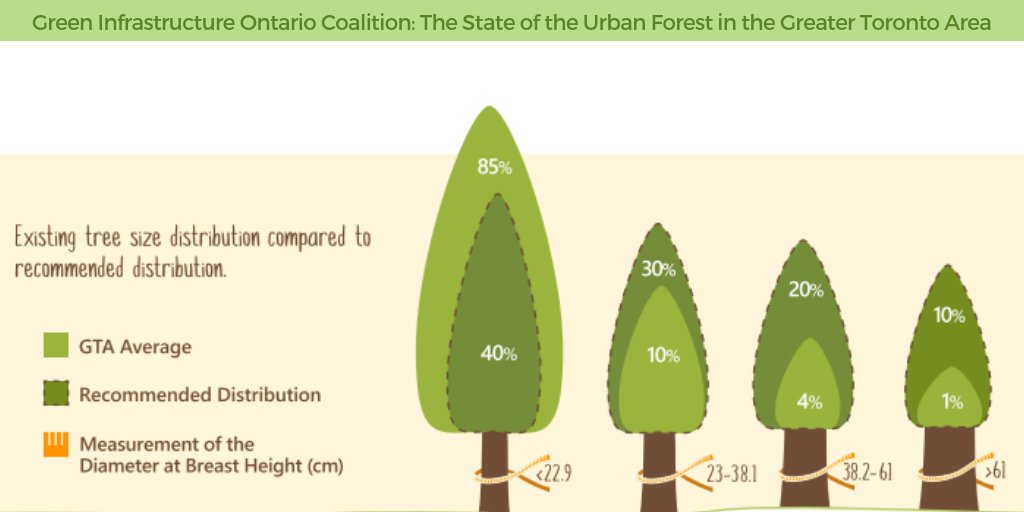The Environmental Ramifications Of Deforestation: Essential Realities To Be Knowledgeable About
The Environmental Ramifications Of Deforestation: Essential Realities To Be Knowledgeable About
Blog Article
Post Author-Oliver Boyette
When it comes to the ecological influence of tree removal, there are critical facets that require your interest. From the intricate web of partnerships within ecological communities to the succeeding impacts on climate patterns, the consequences are extensive. You may be surprised to find the intricate ways in which the removal of trees can reverberate throughout the environment. Keep tuned to unwind the detailed connections and effects of this relatively simple act.
Deforestation and Environment Loss
Logging and habitat loss are vital problems coming from tree removal. When trees are cut down, it disrupts entire communities. Not only are the trees themselves shed, yet the homes and food resources of countless plant and animal types are destroyed too. Birds lose their nesting sites, creatures lose their shelter, and pests shed their habitats. The impacts surge with the food chain, influencing predators and prey alike.
In addition, logging contributes to climate adjustment. Trees play a critical function in absorbing carbon dioxide, a greenhouse gas that traps warmth in the environment. With fewer trees, there's less carbon dioxide absorption, causing increased levels of this gas in the atmosphere and aggravating global warming.
Precisiontimberfelling
Environment loss is a direct result of logging, as the damage of woodlands indicates the loss of unique and diverse ecosystems. Numerous types are unable to adapt to rapid changes in their setting, leading to population decreases and, in many cases, termination.
Protecting woodlands is essential to preserving the fragile equilibrium of nature and making sure the survival of many plant and pet species.
Influence on Biodiversity
The removal of trees has a substantial effect on biodiversity, influencing the variety and abundance of plant and animal types in an area. Trees give habitat and food resources for many microorganisms, from pests to birds to mammals. When trees are removed, these species lose their homes and sources of nutrition, causing a decline in their populaces. This interruption can have cascading results on the whole environment.
Furthermore, Learn Alot more play a vital duty in maintaining biodiversity by creating microhabitats within their covers, trunks, and roots that support a vast array of types. When trees are cut down, these specialized environments are ruined, minimizing the general variety of the area.
Additionally, the elimination of trees can bring about a decline in hereditary variety within plant populaces, as specific tree types may no longer be able to replicate or spread efficiently. Securing trees and forests is necessary for preserving biodiversity and making certain the wellness of environments for future generations.
Dirt Erosion and Climate Adjustment
With trees being eliminated from a location, the disturbance of soil structure and security takes place, causing increased soil erosion. Trees play an important role in avoiding disintegration by holding dirt in position with their root systems. When trees are eliminated, particularly in lots, the soil comes to be more prone to disintegration from wind and water. This disintegration not just impacts the prompt surroundings but can also cause sedimentation in neighboring water bodies, impacting water high quality and water ecological communities.
Moreover, trees aid control the climate by absorbing carbon dioxide during photosynthesis. When trees are reduced, this all-natural carbon sink is diminished, adding to raised levels of greenhouse gases in the atmosphere. This can worsen climate adjustment, causing more severe weather occasions and disruptions in environments worldwide.
Consequently, the elimination of trees not only accelerates soil disintegration but also contributes in the larger ecological problem of environment modification. you could try here to think about these factors when assessing the effects of tree removal on the environment.
Conclusion
Now that you know the ecological effect of tree elimination, think about the consequences prior to reducing trees. Deforestation interferes with communities, lowers biodiversity, and contributes to soil disintegration and climate adjustment. By bearing in mind the effect of tree elimination, you can assist shield our setting and preserve the delicate balance of nature. Make informed choices and consider different services to decrease the negative results on our earth.
